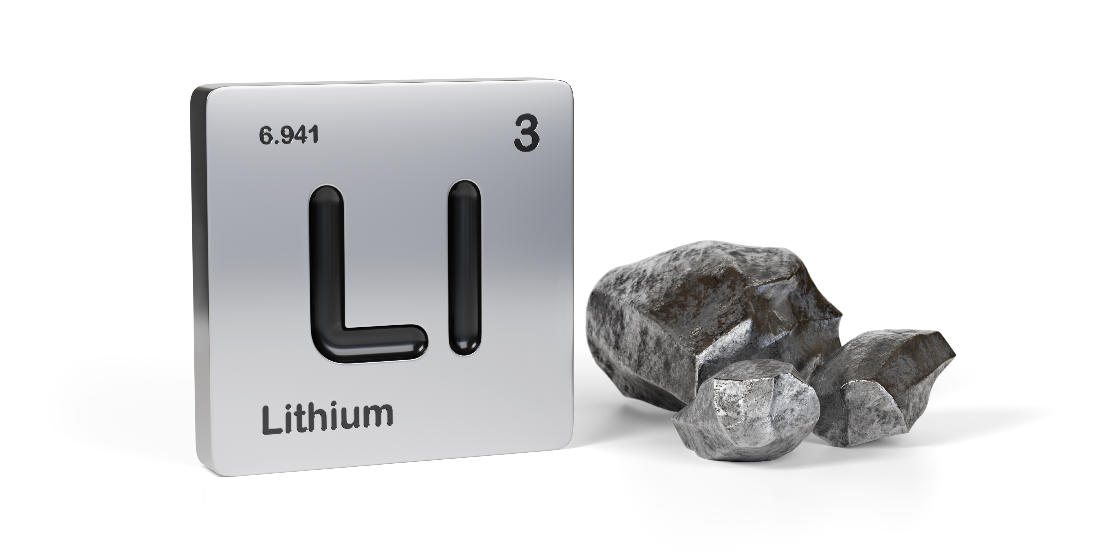Mind your exits
The logic of DFI exit mobilisation theory is sound. So why isn’t it happening in a big way in Africa and what are the issues stopping the concept delivering on its promise?

Buy an investment, hold it, grow it, grow the market around it, and exit it by passing the baton onto private sector investors – the DFI exit mobilisation theory is not difficult to grasp, but there does seem to be some difficulty in putting it into practice at scale.
There are numerous benefits from application of this theory, primarily because the institutional capital market dwarfs the $2 trillion MDB and $1 trillion impact investor global balance sheets. Creating access to that institutional capital market is crucial because “there are lots of early-stage project developments with financing needed on a far, far greater scale and you cannot just keep asking donor governments for more money”, says Tim Streeter, head of investor relations at the Private Infrastructure Development Group (PIDG).
Creating a streamlined pathway between developmental assets and public markets would mobilise private capital in a replicable, scalable way. As Streeter says “you need a financially sustainable model” – and the current situation, especially in the context of Africa, is not sustainable. In East Africa, DFIs are particularly concentrated in large business and projects – for example, they hold approximately $2 billion worth of investments in the region’s largest financial institutions, some of which have 100% of their long-term debt funded by DFIs. And in sub-Saharan Africa, more than 95% of all commitments were denominated in foreign currency against a swiftly appreciating dollar which, according to Streeter, is “making a bad situation worse”.
Streeter questions how constructive DFI capital is in this context. “DFIs are coming in far too late into this whole process; they need to engage in de-risking projects at a far earlier stage than they are currently doing,” he says. Arguably there is a virtuous circle that DFIs are failing to deliver: DFIs could routinely crowd in private capital to de-risked projects and then recycle their risk capital into new seed projects. As the projects grow in number, the risk premium would decrease and growth would snowball.
So, why isn’t this virtuous circle happening? A key hurdle is that DFIs are not operationally incentivised to pursue exits on their investments. According to Dave Portmann, partner at Eighteen East Capital, DFI KPIs more typically focus on absolute deployment metrics, which measure how many investments they make with their available capital, than they do on incentives to measure how much they mobilise alongside that money. Were incentives metrics to be changed, DFIs might consider trade-offs and go for deals that are smaller but mobilise more in comparison to larger deals – and pursue investment exits as an important measure for mobilisation.
Such a change would incur extra cost. There are opportunity costs, there are cash-drag implications, and the method bears the risk of hurting the profitability of DFIs. However, no other institutions are better suited to the task: DFIs have developed expertise in originating transactions in specific countries and sectors which the private sector has shown no signs of replicating materially any time soon.
But DFI incentivisation is not the only hurdle. According to Maria Kosloszki, senior VP of innovative finance at the Rockefeller Foundation, there are plenty of situations where the profile of assets are way off what institutional investors will take. It is a problem that has been highlighted on many occasions when DFIs have attempted exits.
The local landscape: African institutional investors
There is a big gap between developmental assets and buyers’ expectations and needs, both internationally and domestically, particularly in the context of Africa. According to MOBILIST, DFI performance in sub-Saharan Africa stands at 5.6% to 7.05% interest and related income on the debt side, and mixed performances on the private equity side. International investors are able to make much higher returns in the US and Europe with minimal risk exposure, hence emerging markets are often limited to 2-3% of their portfolios. Conversely, Nigerian pension funds made an average return of 5.02% in 2022 and South Africa’s largest pension fund GEPF saw returns at 11.23% in 2021/22 – so the expectations of domestic investors are far closer to the returns reality available in Africa.
Similarly, local currency transactions would also alleviate the harmful impact of spikes in the dollar, and local institutions would be at significantly less chance of flight-risk when things get tough. As Kozloski says, deepening domestic capital markets should be a key focus: “Bring in as much domestic capital before you go to the pensions which are thousands of miles away”.
But generating appetite from local institutional investors is not straightforward. In a recent report (June 2022) on gauging appetite of African institutional investors for new asset classes, IFC examined the seven biggest sub-Saharan African markets for alternative asset potentiality. The report uncovered an institutional investor market facing many barriers including: inherent risk aversion, regulatory restrictions, currency mismatch and shallow, underperforming corporate debt and equity markets.
One of the major constraints to growth and portfolio diversification was a lack of local products that were in-line with the longer-term liability structures of pension funds. The most popular asset continues to be government bonds – in the UK, the government’s 10-year bond has a yield of 3.485% but in Nigeria the same bond yields 14.4%. As a result, Kenyan and Nigerian pension funds hold approximately 75% of their allocations in fixed-income investments, and the majority in government bonds. What they do invest in local equities is concentrated in relatively few large stocks as local indices lack depth and width. This dynamic does not lend itself to vibrant local capital markets. Early stage equity is vital, according to Streeter, in order to start a pipeline of bankable transactions, and currently only 8% of DFI commitments across the continent are.
There are also structural hurdles – for example, local institutional investors have all of their liabilities as local currency and cannot take the risk of hard currency investments, leaving the majority of DFI assets out of reach. Streeter also notes that part of the risk premium associated with African infrastructure projects is the combination of small transactions with unnecessarily complicated risk-reduction structuring.
The Uxolo perspective
DFIs should reconsider the format in which they are undertaking transactions in Africa and other emerging markets on a macro scale. There is a need for them to step in at a local currency equity or guarantee level and create a bridge between early-stage assets and risk and performance that local buyers can stomach. DFI-related but separate funds may have more ability to identify smaller scale projects and get them listed – but realistically, to reach scale, this needs to be done by every DFI with KPIs that incentivise private mobilisation. For example, capacity building was a key solution identified by Streeter, who referenced one of PIDG’s student housing infrastructure projects in Nairobi. Acorn, the local sponsor, had been unable to procure a sufficient volume of appropriately financed debt, but with technical assistance from PIDG as well as a guarantee on the bond (denominated in KES), it reached the appropriate documentation level for a note offering through an MTN programme. Dual-listed on the London and Kenyan stock exchange, the issue size reached KES4.3 billion ($35.3 million) and the housing is now under construction.
Another example is a programme like MOBILIST which uses its policy platform to identify and resolve bottlenecks to the listing of products on public markets. In 2021, with a $32 million anchor investment, MOBILIST saw the ThomasLloyd Energy Impact Trust attract a broad mix of institutional and retail investors to support its successful $115 million IPO. The trust invests via equity and like instruments in a diversified portfolio of unlisted sustainable energy infrastructure assets in emerging markets including India, Bangladesh and the Philippines.
There is local appetite – the IFC report found three asset classes that showed the most promise to local investors: affordable real-estate housing in underserved areas; green assets that reflected fair pricing; and infrastructure exposure backed by DFIs/ governments or appropriate risk-bearing firms – but it does need nurturing. The question DFIs need to address is the nature of the nurture, because the current methodology is falling short.





